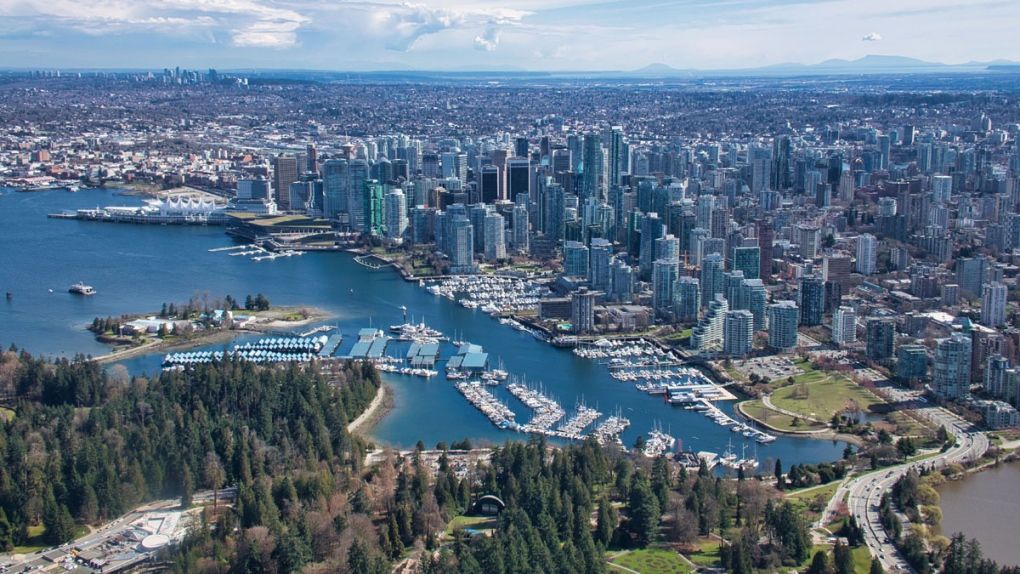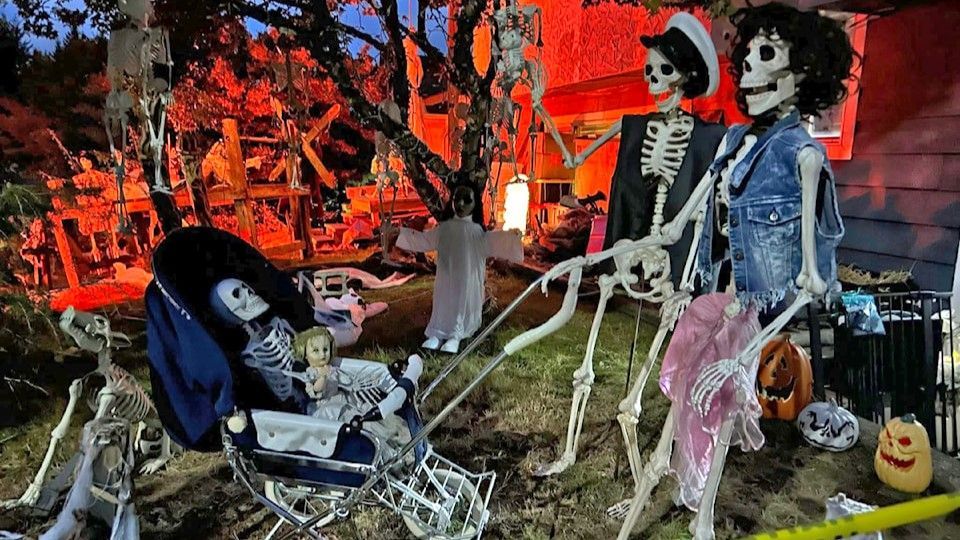🏡 Investors made up 25% of B.C. homebuyers 📊 in new StatsCan analysis 📈

Real estate investors made up approximately one-quarter of homebuyers across B.C. between 2018 and 2020, according to a new analysis (opens in a new tab) from Statistics Canada. The proportion was even higher among condo units, one-third of which were scooped up by investor-buyers during the same period.
While the analysis also looked at sales in New Brunswick and Nova Scotia, the highest rates of investor-buyers in census metropolitan areas across the three provinces were in Kelowna, Vancouver and Victoria, in that order.
Tom Davidoff, an associate professor at UBC’s Sauder School of Business, said the significant level of real estate investment highlighted in the data was unsurprising, particularly in Vancouver, given the combination of low interest rates and low property tax rates that applied prior to the COVID-19 pandemic.
“I’ve always said the instruction manual for Greater Vancouver has been to invest in real estate more than in productive activity,” Davidoff said. “That’s changed, of course, in the last couple years… it’ll be interesting to see how active investors are today.”
Different types of investors
The Statistics Canada analysis broke down investors into four categories: Business investors, non-residents of Canada, out-of-province investors, and in-province investors.
For the report, business investors were defined as for-profit companies or government entities, with the author noting the former made up the bulk of those purchases, “given that most government entities are considered non-profit organizations.”
In-province investors – defined as B.C. residents who own at least two residential properties, if one is deemed an investment – bought more homes than any other investor category between 2018 and 2020, accounting for 16.6 per cent of total sales.
Investors living outside Canada were the next largest group, making up 3.2 per cent of purchases during that period. Business investors accounted for 2.8 per cent, and out-of-province investors made up 2.2 per cent.
High level of immigrant investment
The analysis noted that immigrants are “over-represented” in the in-province investor category, at least in major cities.
In 2019, immigrants made up 67 per cent of B.C. resident investor-buyers in Vancouver, despite representing just under 42 per cent of the population. Similar disparities were found in Kelowna and Victoria.
“These results may be partly explained by previous Statistics Canada research that found that immigrant families were more likely to invest wealth in real estate compared with other assets,” the author noted.
The analysis also pointed out that immigrant investor-buyers had the same median income as non-investor buyers, at $60,000 – which is well below the median income of Canadian-born investor-buyers, at $90,000.
What’s happened since the pandemic?
Apart from the interest rate hikes and property tax increases enacted since 2020, Davidoff said some B.C. policies – such as the short-term rental restrictions implemented earlier this year - could have a cooling effect on real estate investments.
As to whether the government should be doing more to discourage investors, the associate professor suggested these types of purchases are not major contributors to skyrocketing housing prices.
“I would say investors are probably more active when they think prices are rising,” he said. “So the causality, in a way, would go from ‘expensive markets where there are high growth prospects are likely to see investors’ moreso than ‘the presence of investors is what causes a run-up in prices.’”
The most important issue from a public policy perspective is to ensure rents are affordable, Davidoff argued.
“It’s nice if people can afford to buy a home, it’s necessary that people can afford to rent a home,” he said. “So I think the most important thing is to get housing built, whether it’s a condo that an owner occupies, a condo that an investor rents to somebody, or a purpose-built rental that an institution rents to somebody. They’re all fine in my book.”
CTVNewsVancouver.ca Journalist







